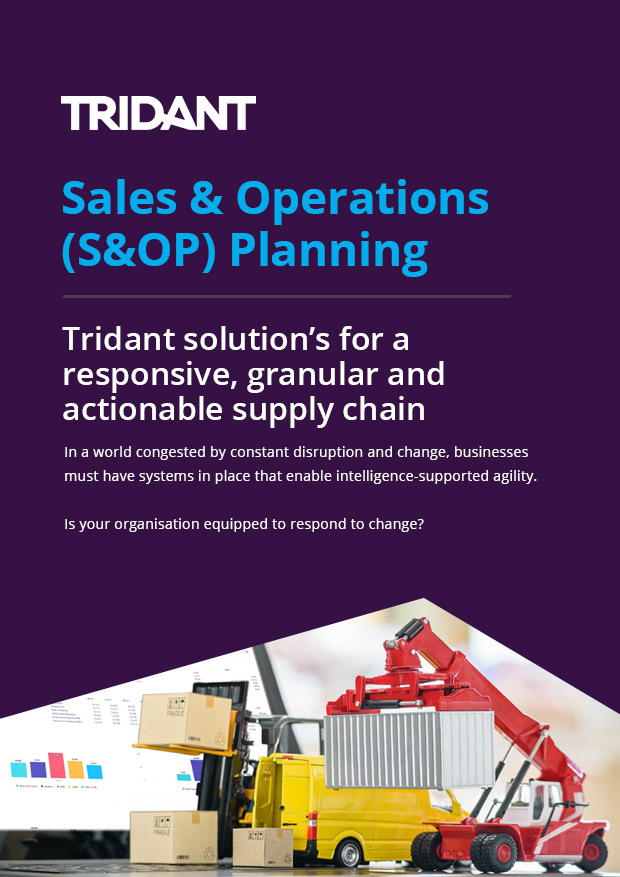Supply chain organizations must cope with growing demand, supply, and product disruption by becoming better prepared for both the predictable and unexpected. They must have the ability to anticipate and respond to future events with integrated plans capable of responding to disruptive business scenarios.

At the start of the journey there are several potential obstacles including limited technology enablers, lack of governance, rigid functional silos, lack of shared performance measures, and ingrained company cultures.
For many companies, S&OP has been a part of the culture for a while but has not been able to gain the traction initially envisioned. If this sounds familiar take an objective look at the process, evaluate your maturity level and match your level of accomplishment against the proficiency profiles of Developing, Performing and Leading. Once you know where you stand, the road-ahead will be a lot less bumpy.
The five-step road map provides a field-tested approach to organising the tasks and analyses needed to supply S&OP participants with the information they need to make tough decisions — decisions that will ultimately determine how well the company performs.
Consensus planning is the most crucial step in S&OP cycle because the impact of any function within the broader supply chain process working with inaccurate assumptions creates a significant risk for the downstream functions.
It has become increasingly more important to improve collaboration to between these functions for more effective consensus planning.


Demand lead organisations face a different challenge where they need align production and ordering schedule with a consensus plan with the ability to respond when there is material change or an event.
Supply planning ensures that you can supply components, and or, can manufacture the products required for the consensus demand.
Having the right inventory management system to ensure you can employ lean inventory optimization is vital to any stock holding business”. Getting this right means better customer loyalty and a lower cost to serve.
Supply chain leaders are continuously looking for ways to improve inventory management, and the role of technology and data offers significant advantages.
To support proactive decision-making the following principles are critical


Speak with our Tridant specialists today and unlock the full potential of your data.
Copyright © Tridant Pty Ltd.